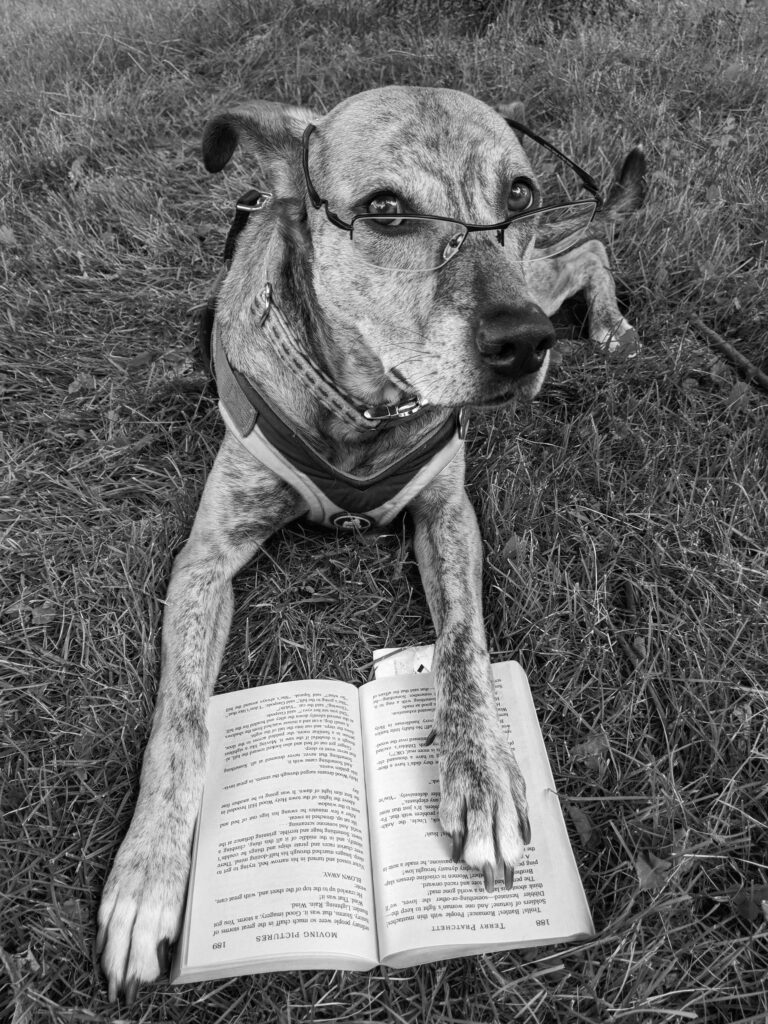Library

Recommended Books for Reading
Click for link to the Library list of books
Podcasts
Nelson Hodges w/ Jason Cohen-
Nelson Hodges w/ Cortnie Cuellar-
Kinsey Rising (Cheryl Ross) w/ Ian Grant

Recommended Books for Reading
Click for link to the Library list of books
Podcasts
Nelson Hodges w/ Jason Cohen-
Nelson Hodges w/ Cortnie Cuellar-
Kinsey Rising (Cheryl Ross) w/ Ian Grant